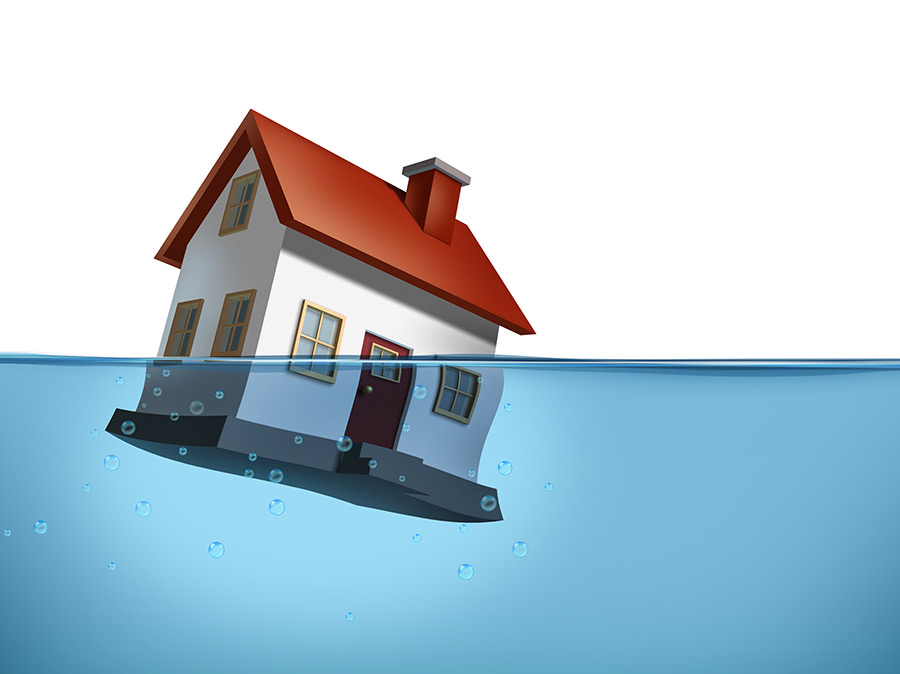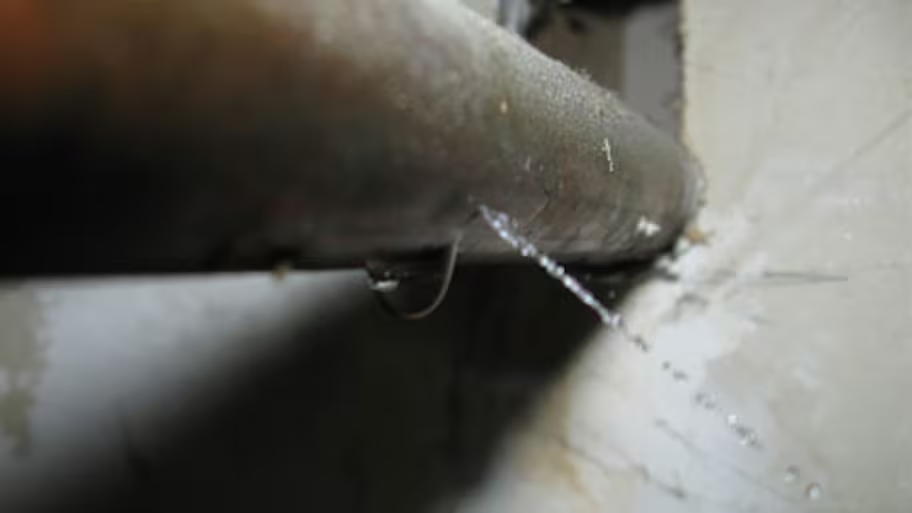Recognizing and Fixing the Six Most Common Water Leaks in Your Home
Recognizing and Fixing the Six Most Common Water Leaks in Your Home
Blog Article
Just about everyone has their own unique notions in relation to How to Find Water Leaks.

Leaks not just trigger waste of water yet can also create unneeded damages to your home and promote undesirable natural development. However, water leakages may go unnoticed since a lot of the pipework in our residence is concealed. By looking and understanding for everyday scenarios that trigger leaks, you can protect your residence from future leaks and unneeded damage. Today, we will certainly take a look at six leakage triggers that may be creating your pipelines to trickle.
Intruding roots
Many water leakages begin outside your home instead of inside it. If you observe an unexpected decline in water stress, claim in your faucet, take some time to go out and examine your yard. You could observe wet patches or sinkholes in your yard, which may indicate that tree roots are invading water lines triggering water to seep out. You can have your plumber look for breach, specifically if you have trees or bushes near your building.
Corroded water systems
As time passes by, your plumbing system ages as well as deterioration such as rust may start gnawing the pipes. This might be the root cause of staining or bending on your water pipes. This requires an inspection with your plumber quickly. If our plumbing system is old, take into consideration replacing the pipes given that they are at a higher danger of deterioration than the newer versions.
Defective Pipeline Joints
The factor at which your pipelines connect is often the weakest web link in the waterline. Pipeline joints can deteriorate with time, leading to water leaks. Regrettably, most of pipe joints are not easily noticeable. If you have noisy pipes that make ticking or banging sounds, particularly when the warm water is switched on, your pipeline joints are possibly under a lot of stress. It is advisable to have your plumber check your system annually.
Instantaneous temperature level changes.
Extreme temperature level changes in our pipelines can trigger them to broaden and get all of a sudden. This growth and tightening may create fractures in the pipes, especially if the temperature level are listed below freezing.
Poor Water Connectors
Sometimes, a leakage can be triggered by loose pipes and pipelines that supply your appliances. Most of the time, moving is what causes the loosened water Connections. You could discover when it comes to a washing machine, a pipe may spring a leakage due to trembling during the spin cycle. In case of a water links leakage, you may observe water running directly from the supply line or puddles around your devices.
Obstructed Drains
Obstructed drains may be annoying as well as inconveniencing, yet they can in some cases end up triggering an overflow leading to rupture pipelines. Keep eliminating any kind of materials that may go down your drains that can clog them to avoid such aggravations.
All the above are root causes of leaks but not all water leakages arise from plumbing leakages; some leakages might come from roof leakages. All leakages need to be fixed promptly to stay clear of water damages.
Leakages not only cause waste of water but can additionally create unnecessary damages to your residence and advertise unwanted natural development. By looking and also recognizing for daily scenarios that cause leakages, you can secure your residence from future leaks and unnecessary damage. Today, we will certainly look at 6 leakage creates that might be causing your pipes to trickle.
At times, a leakage can be created by loosened tubes and pipelines that provide your appliances. In situation of a water connections leak, you may observe water running directly from the supply line or pools around your home appliances.
How To Check For Water Leak In Your Home
How To Check for Leaks
The average household's leaks can account for nearly 10,000 gallons of water wasted every year and ten percent of homes have leaks that waste 90 gallons or more per day. Common types of leaks found in the home are worn toilet flappers, dripping faucets, and other leaking valves. These types of leaks are often easy to fix, requiring only a few tools and hardware that can pay for themselves in water savings. Fixing easily corrected household water leaks can save homeowners about 10 percent on their water bills.
To check for leaks in your home, you first need to determine whether you're wasting water and then identify the source of the leak. Here are some tips for finding leaks:
Take a look at your water usage during a colder month, such as January or February. If a family of four exceeds 12,000 gallons per month, there are serious leaks.
Check your water meter before and after a two-hour period when no water is being used. If the meter changes at all, you probably have a leak.
Identify toilet leaks by placing a drop of food coloring in the toilet tank. If any color shows up in the bowl after 10 minutes, you have a leak. (Be sure to flush immediately after the experiment to avoid staining the tank.)
Examine faucet gaskets and pipe fittings for any water on the outside of the pipe to check for surface leaks.
Undetected water leaks can happen without the home or business owner even realizing. If you suspect a water leak, but not able to find the source. It is time to contact a professional water leak detection service, The Leak Doctor.
How To Find a Water Leak In Your Home
https://www.leakdoctor.com/blog/How-To-Check-For-Water-Leak-In-Your-Home_AE197.html

As an avid person who reads about How to Find Water Leaks, I assumed sharing that piece of content was sensible. Remember to set aside a second to distribute this blog if you enjoyed reading it. Thanks a lot for your time invested reading it.
Call Report this page